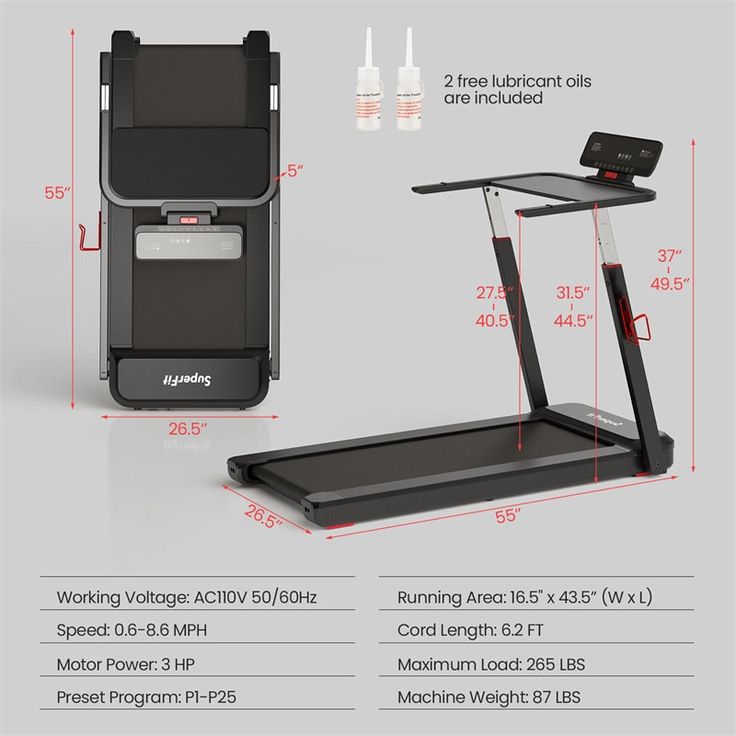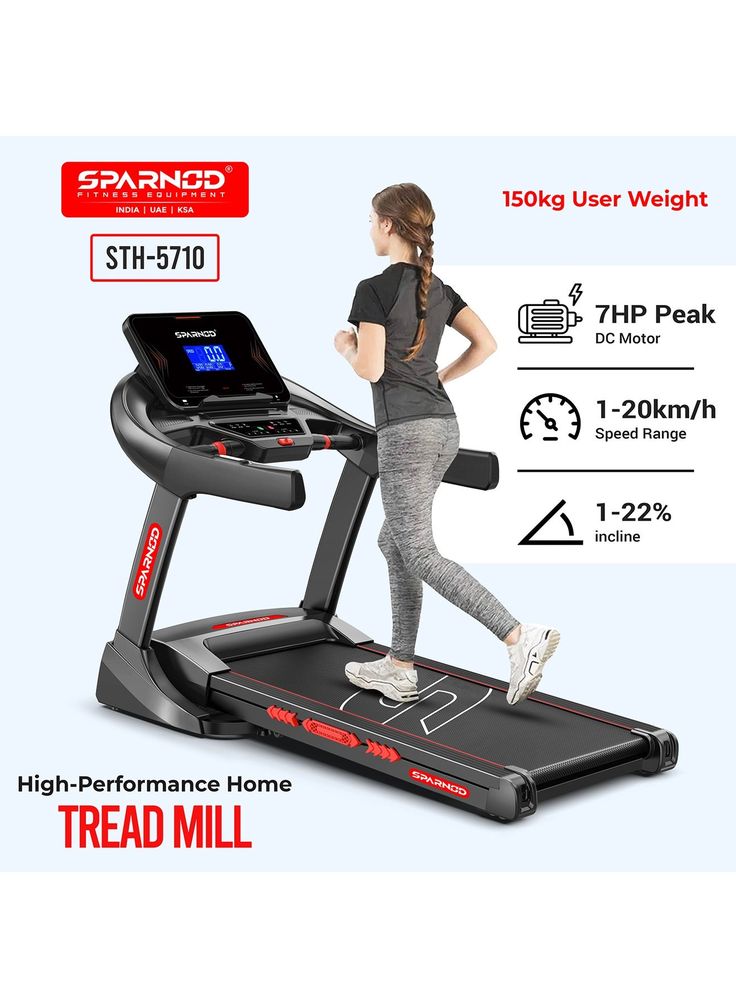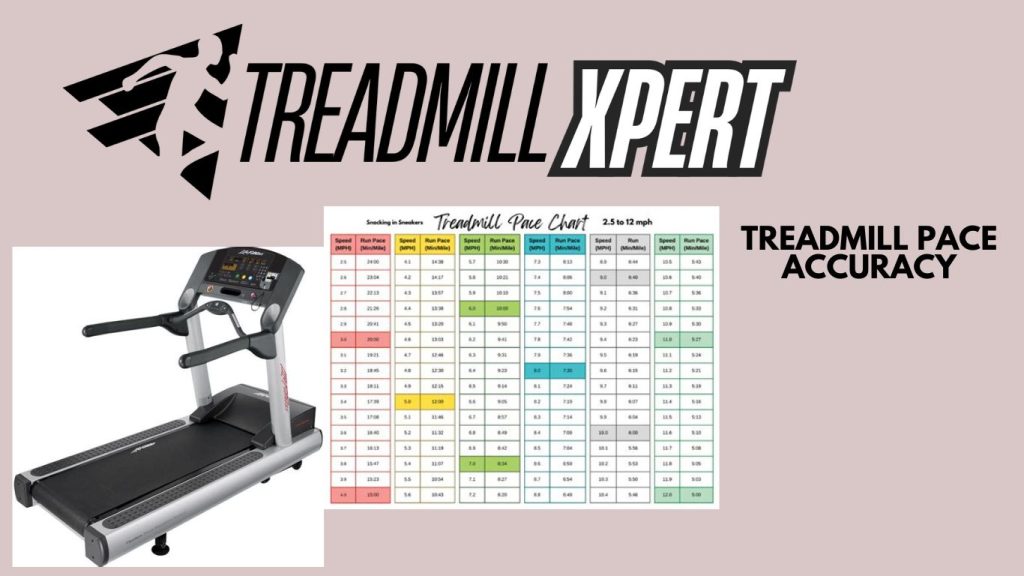What are Treadmill pace accuracy can vary?
Treadmill pace accuracy can vary due to situations like Calibration, Maintenance, Belt slippage, User technique, Incline settings, and Comparison to outdoor running.
Treadmill Accuracy and Pace Considerations
-
Calibration: Well-calibrated treadmills are generally accurate and result properly.
-
Maintenance: Regular maintenance helps maintain accuracy, like lubricating.
-
Belt slippage: Worn belts can cause inaccuracies and result in inaccuracies.
-
User technique: Running style can affect the displayed pace and help the pace accuracy.
-
Incline settings: These can impact actual vs. displayed pace.
-
Comparison to outdoor running: Treadmills often feel easier due to the lack of wind resistance and terrain variation, and they produce better results than outdoor running.
For most users, treadmill paces are reasonably accurate for training but may not perfectly match outdoor running speeds. Using a separate fitness tracker can help verify the treadmill’s accuracy due to:
-
Regular calibration: Many treadmills accuracy have a built-in calibration feature. Use it periodically.
-
Use of a separate device: Wearing a GPS watch or foot pod to compare with the treadmill’s readout is an easy way to check the accuracy.
-
Manual calculation: Occasionally count your steps for a minute and compare them with the displayed pace, and you can manually calibrate.
-
Maintain the treadmill: Keep the belt clean and properly tensioned during the workout.
-
Consistency in running form: You should Try to maintain consistent form each time you use the treadmill and check for Consistency in running form.
-
Check belt length: You should Ensure the belt hasn’t stretched over time, which can affect treadmill pace accuracy during the workout.
-
Use the same treadmill: If possible, use the same machine for better Comparison across workouts and correct treadmill pace accuracy.
-
Professional servicing: Having the treadmill serviced regularly by professionals helps its pace accuracy.

What are comparing treadmill models for pace accuracy?
When comparing treadmill models for pace accuracy, some are more reliable than others, such as Commercial-grade treadmills, High-end home models, Budget home models, Models with advanced features, and Self-powered treadmills.
Treadmill Types and Their Accuracy
-
Commercial-grade treadmills:
Often found in gyms, these tend to be more accurate and consistent due to better components and more frequent calibration, so gym treadmill pace accuracy is considered correct. -
High-end home models:
Brands like Woodway, NordicTrack, and Peloton generally offer better accuracy and better workout treadmills. -
Budget home models:
These can be less accurate and may require more frequent calibration than the above treadmill type. -
Models with advanced features:
Treadmills with GPS sync capabilities or those that connect to fitness apps may offer improved accuracy and help the user correct information about distance. -
Self-powered treadmills:
Models like the Assault Air Runner, powered by the user’s movement, can provide a more accurate representation of the user’s pace.
What are the factors that contribute to problems with treadmill pace accuracy?
Several factors can contribute to difficulties with treadmill pace accuracy, such as Belt slippage, Motor wear, Calibration issues, Electrical fluctuations, Incline inaccuracies, User weight, Running technique, Sensor malfunctions, Software glitches, Environmental factors, performance, and accuracy.
What are the conclusions that treadmill pace accuracy is a complex issue?
In conclusion, treadmill pace accuracy is a complex issue that affects many runners and fitness enthusiasts due to Importance, Variability, Common issues, Solutions, User Responsibility, Technology advancements, Perception vs reality, Consistency is key, Professional input, and Informed choices.
Treadmill Pace Accuracy – Key Considerations
-
Importance: Accurate pace is crucial for practical training and performance tracking during workouts.
-
Variability: Accuracy can vary widely between different treadmill models over time, so it has variability.
-
Common issues: Problems like belt slippage, motor wear, and calibration drift can affect accuracy, and pace accuracy varies.
-
Solutions: Regular maintenance, calibration, and use of external measurement devices can improve the accuracy of your treadmill.
-
User responsibility: Understanding the limitations of treadmills and implementing best practices can help mitigate inaccuracies for best accuracy.
-
Technological advancements: Newer models with advanced features may offer improved accuracy but are flexible in pace.
-
Perception vs. reality: Treadmill running can feel different from outdoor running, affecting the perceived pace and helping the accuracy change.
-
Consistency is key: Even if absolute accuracy is not perfect, consistent readings on the same machine can still be valuable for tracking progress.
-
Professional input: Regular servicing by professionals can help maintain accuracy over time.
-
Informed choices: When purchasing a treadmill, accuracy can be considered as a factor that can lead to better long-term satisfaction.
Ultimately, while perfect accuracy may be challenging to achieve, being aware of potential issues and taking proactive steps can significantly improve the treadmill pace measure’s reliability.

What can affect workout quality Inaccurate treadmill paces?
Inaccurate treadmill paces can indeed affect workout quality. Here’s a brief overview of how this can impact your exercise routine, including Intensity mismatch, Undertraining, Inconsistent training, Misaligned heart rate zones, False sense of progress, and Race preparation challenges.
Intensity mismatch: If the treadmill displays a slower pace than you’re running, you might be working harder than intended, potentially leading to early fatigue or overtraining, which it can affect.
Why Treadmill Pace Accuracy Matters
-
Undertraining:
If the treadmill shows a faster pace than reality, you might need to reach your desired intensity level, which is your goal, resulting in less effective workouts on the treadmill. -
Inconsistent training:
Makes tracking progress or following a structured training plan difficult. Varying inaccuracies can lead to inconsistent workouts. -
Misaligned heart rate zones:
Your heart rate might not align with the expected zones for the displayed pace, which will affect your ability to train within specific intensity ranges. -
False sense of progress:
Inaccurate paces might give you a skewed perception of your fitness improvements, work hard, or decline. It is the effect of the false sense of progress. -
Race preparation challenges:
If you are training for a race, inaccurate paces can leave you unprepared for the actual race conditions and pacing and treadmill pace accuracy.
Treadmill pace accuracy is important because it can:
-
Impact the effectiveness of your workouts
-
Make tracking progress difficult
-
Affect your ability to train within specific intensity ranges
-
Give a false sense of progress
-
Leave you unprepared for race conditions
